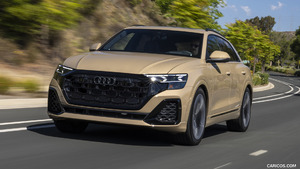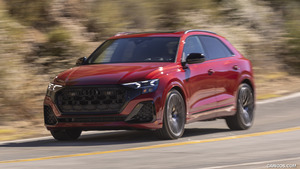Mercedes-Benz E-Class Petrol and Diesel Plug-in Hybrid
No model better displays the progress made by the new Mercedes-Benz plug-in hybrids than the new E 300 e Saloon (combined fuel consumption 2.0 l/100 km, combined CO2 emissions 45 g/km, combined electrical consumption 14.5 kWh/100 km)1. Because it follows the E 350 e, which marked the launch of the third-generation plug-in hybrids in 2016, although its components did not have the same development status as today's components. Also new: E 300 de Saloon and Estate (combined fuel consumption 1.6 l/100 km, combined CO2 emissions 44-41 g/km, combined electrical consumption 19.7-18.7 kWh/100 km)2. Both powertrain variants are aimed at an important target group for Mercedes-Benz's comfortable executive cars: frequent drivers who attach importance to long-distance comfort and also occasionally want to make use of the excellent towing capacity – and who like to drive with zero emissions in inner-city areas.
The E 300 e impresses with even more dynamism than the E 350 e (0 to 100 km/h in 5.7 instead of 6.2 seconds) and on account of the increased all-electric range of up to 50 kilometres with zero local emissions (NEDC, E 350 e: 33 km). The enhanced third-generation plug-in-hybrid components allow both. With a 0 to 100 km/h acceleration time of 5.9 seconds, the E 300 de is almost on a par with the petrol model, and the Saloon version has NEDC emissions of just 41 g CO2 per kilometre, equivalent to 1.6 litres of diesel per 100 km. Its range is particularly impressive, especially if the optional 60-litre tank is fitted, which should make it easy to achieve over 1000 kilometres between fuel stops in day-to-day driving.
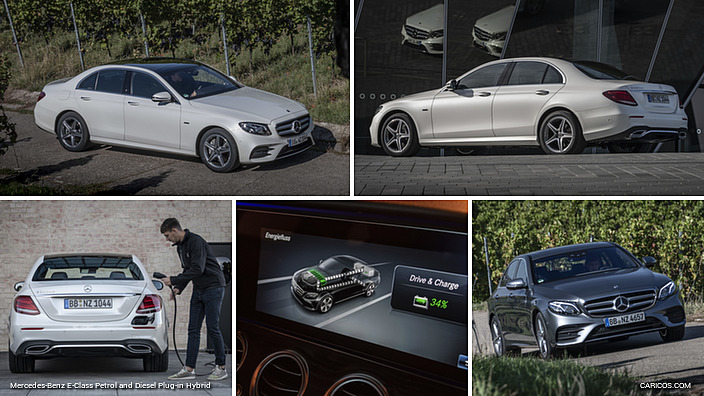 2019 Mercedes-Benz E-Class Petrol and Diesel Plug-in Hybrid
2019 Mercedes-Benz E-Class Petrol and Diesel Plug-in Hybrid
In the E 300 e and 300 de models, the electric motor in the hybrid traction head of the 9G-TRONIC 9-speed transmission now has an EQ Power of 90 kW and delivers 440 Nm of torque from a standing start. When the four-cylinder combustion engine and electric motor are working in unison, the transmission sends an electronically limited peak torque of 700 Nm to the rear axle (E 350 e: 550 Nm).
Furthermore, the high-voltage battery in the E-Class takes up the same amount of space but has a far greater energy content of 13.5 kWh (previously 6.4 kWh) due to its modified cell chemistry. Thanks to a water-cooled on-board charger with a capacity of 7.4 kW, the battery can be charged from 10 to 100 percent SoC (State of Charge) in approx. 1.5 hours at a Wallbox (Mercedes-Benz has introduced a new generation of these, too) if the full power is used. The same is possible in around five hours even at a conventional domestic power socket.
There is a choice of five driving programs and four operating modes, allowing the powertrain management strategy to be adapted both to the driver’s requirements and to the on-board energy supplies. This control system achieves its highest efficiency in the Economy or Comfort program as it accesses the data of all the driver assistance systems – such as radar sensors, camera and navigation system – and outperforms any driver when it comes to anticipatory driving. The powertrain management takes account of the topography, route and traffic situation to calculate precisely when it is best for the driver to come off the accelerator (and use the momentum for charging), when and how often the transmission should change gear to save fuel and maximise the range of the electric drive, and how the operating temperature of all major components needs to be controlled to negotiate the next uphill gradient efficiently.
The ECO Assist provides hints on the display in front of the driver and uses a resistance point on the accelerator pedal so that the driver intuitively knows how much acceleration is needed to minimise operation of the combustion engine. Drivers who follow this advice and regularly make use of the 'gliding' function, recuperation and all-electric driving receive confirmation of the distance covered without petrol consumption and emissions at the end of the journey.
Technical data at a glance, compared with the previous E 350 e:
| E 300 e1 | E 300 de2 | E 350 e (predecessor) | |
| Number of cylinders/arrangement/type | 4/in-line/petrol | 4/in-line/diesel | 4/in-line/petrol |
| Displacement (cc) | 1991 | 1950 | 1991 |
| Rated output of combustion engine (kW/hp at rpm) | 155/211 at 5500 | 143/194 at 3800 | 155/211 at 5500 |
| Rated torque of combustion engine (Nm at rpm) | 350 at 1200-4000 | 400 at 1600-2800 | 350 at 1200-4000 |
| Rated output of electric motor (kW) | 90 | 90 | 65 |
| System output (kW/hp) | 235/320 | 225/306 | 210/286 |
| System torque (Nm) | 700 | 700 | 550 |
| Acceleration 0-100 km/h (s) | 5.7 | 5.9 | 6.2 |
| Top speed (km/h) | 250 | 250 | 250 |
| Top speed, electric (km/h) | over 130 | over 130 | over 130 |
| Fuel consumption combined (l/100 km) | 2.0 | 1.6 | 2.1 |
| Combined CO2 emissions (g/km) | 45 | 44-41 | 49 |
| Electric range (km) | 50 | up to 54 (52) | 33 |
| Battery energy content (kWh) | 13.5 | 13.5 | 6.4 |
| Combined electrical consumption (kWh/100 km) | 14.5 | 19.7 (Estate) 18.7 (Saloon) | 11.5 |
1 Figures for fuel consumption, electrical consumption and CO2 emissions are provisional and were determined by the technical service for the certification process in accordance with the WLTP test method and correlated into NEDC figures. The EC type approval and a certificate of conformity with official figures are not yet available. Differences between the stated figures and the official figures are possible.
2 The stated figures were determined in accordance with the prescribed measuring method. These are the "NEDC CO2 figures" according to Art. 2 No. 1 Implementing Regulation (EU) 2017/1153. The fuel consumption figures were calculated based on these figures.
---Front-181137-120x90.jpg)
---Front-181137-1024x768.jpg) \n
\n---Rear-181138-120x90.jpg)
---Rear-181138-1024x768.jpg) \n
\n---Front-181139-120x90.jpg)
---Front-181139-1024x768.jpg) \n
\n---Rear-181140-120x90.jpg)
---Rear-181140-1024x768.jpg) \n
\n---Front-181141-120x90.jpg)
---Front-181141-1024x768.jpg) \n
\n---Front-181142-120x90.jpg)
---Front-181142-1024x768.jpg) \n
\n---Front-181143-120x90.jpg)
---Front-181143-1024x768.jpg) \n
\n---Front-181144-120x90.jpg)
---Front-181144-1024x768.jpg) \n
\n---Front-181145-120x90.jpg)
---Front-181145-1024x768.jpg) \n
\n---Side-181146-120x90.jpg)
---Side-181146-1024x768.jpg) \n
\n---Front-Three-Quarter-181147-120x90.jpg)
---Front-Three-Quarter-181147-1024x768.jpg) \n
\n---Front-Three-Quarter-181148-120x90.jpg)
---Front-Three-Quarter-181148-1024x768.jpg) \n
\n---Front-Three-Quarter-181149-120x90.jpg)
---Front-Three-Quarter-181149-1024x768.jpg) \n
\n---Front-181150-120x90.jpg)
---Front-181150-1024x768.jpg) \n
\n---Front-Three-Quarter-181151-120x90.jpg)
---Front-Three-Quarter-181151-1024x768.jpg) \n
\n---Side-181152-120x90.jpg)
---Side-181152-1024x768.jpg) \n
\n---Side-181153-120x90.jpg)
---Side-181153-1024x768.jpg) \n
\n---Side-181154-120x90.jpg)
---Side-181154-1024x768.jpg) \n
\n---Side-181155-120x90.jpg)
---Side-181155-1024x768.jpg) \n
\n---Front-181156-120x90.jpg)
---Front-181156-1024x768.jpg) \n
\n---Front-181157-120x90.jpg)
---Front-181157-1024x768.jpg) \n
\n---Rear-Three-Quarter-181158-120x90.jpg)
---Rear-Three-Quarter-181158-1024x768.jpg) \n
\n---Side-181159-120x90.jpg)
---Side-181159-1024x768.jpg) \n
\n---Charging-181160-120x90.jpg)
---Charging-181160-1024x768.jpg) \n
\n---Charging-181161-120x90.jpg)
---Charging-181161-1024x768.jpg) \n
\n---Charging-181162-120x90.jpg)
---Charging-181162-1024x768.jpg) \n
\n---Charging-181163-120x90.jpg)
---Charging-181163-1024x768.jpg) \n
\n---Trunk-181164-120x90.jpg)
---Trunk-181164-1024x768.jpg) \n
\n---Badge-181165-120x90.jpg)
---Badge-181165-1024x768.jpg) \n
\n---Badge-181166-120x90.jpg)
---Badge-181166-1024x768.jpg) \n
\n
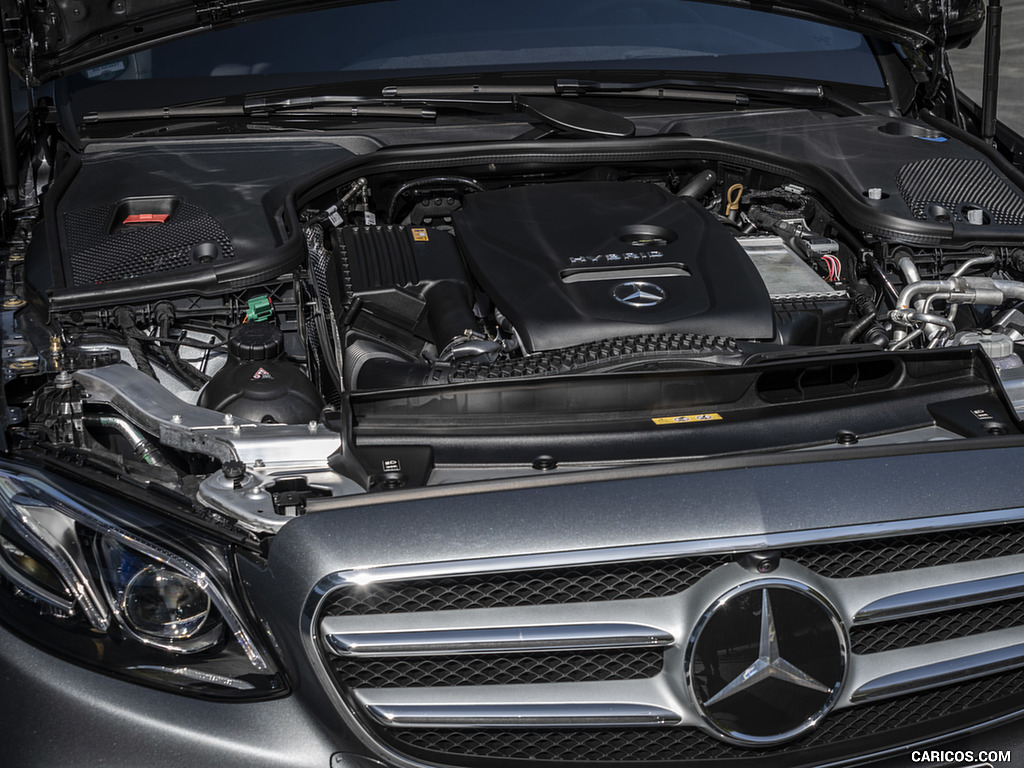 \n
\n
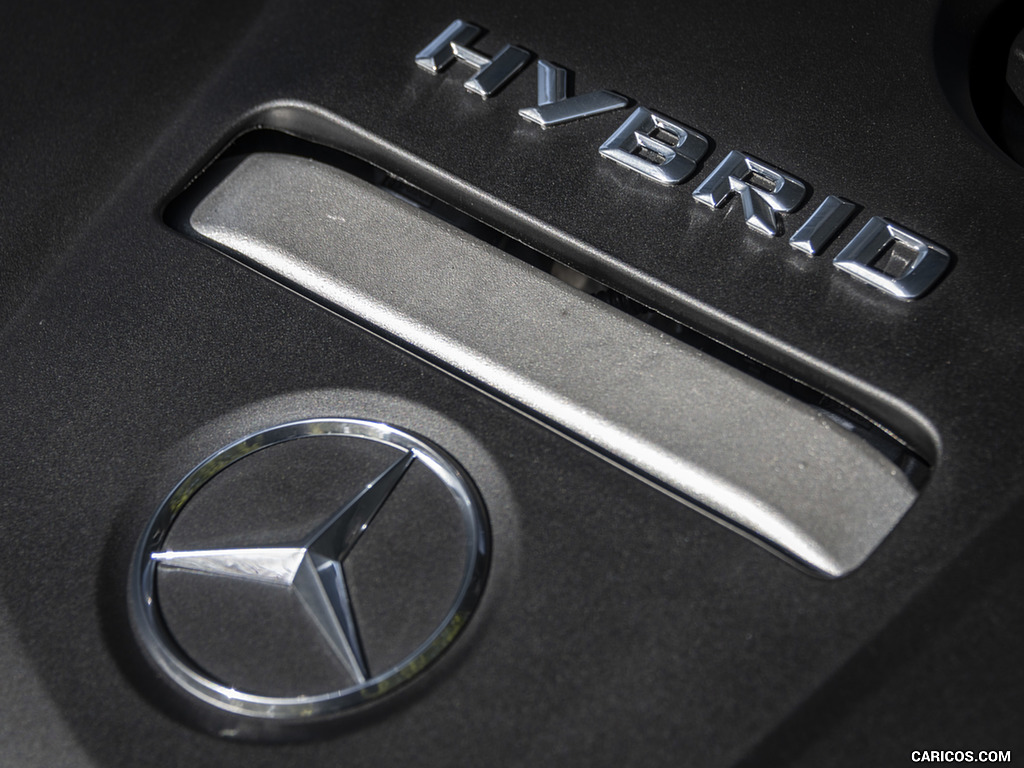 \n
\n
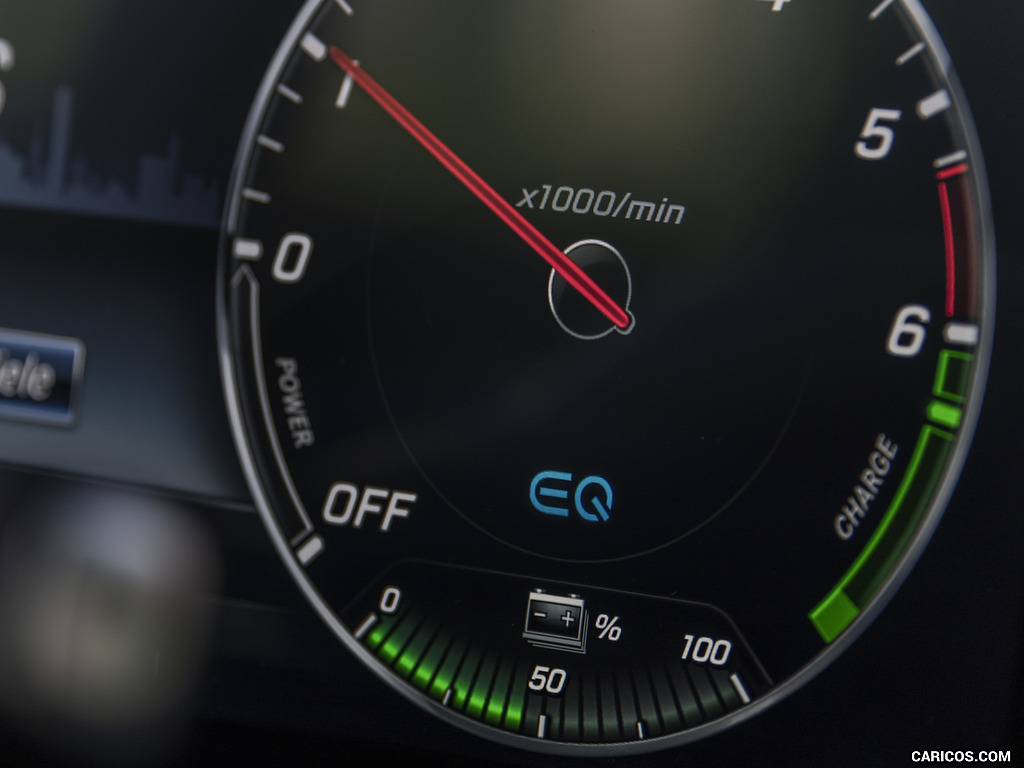 \n
\n
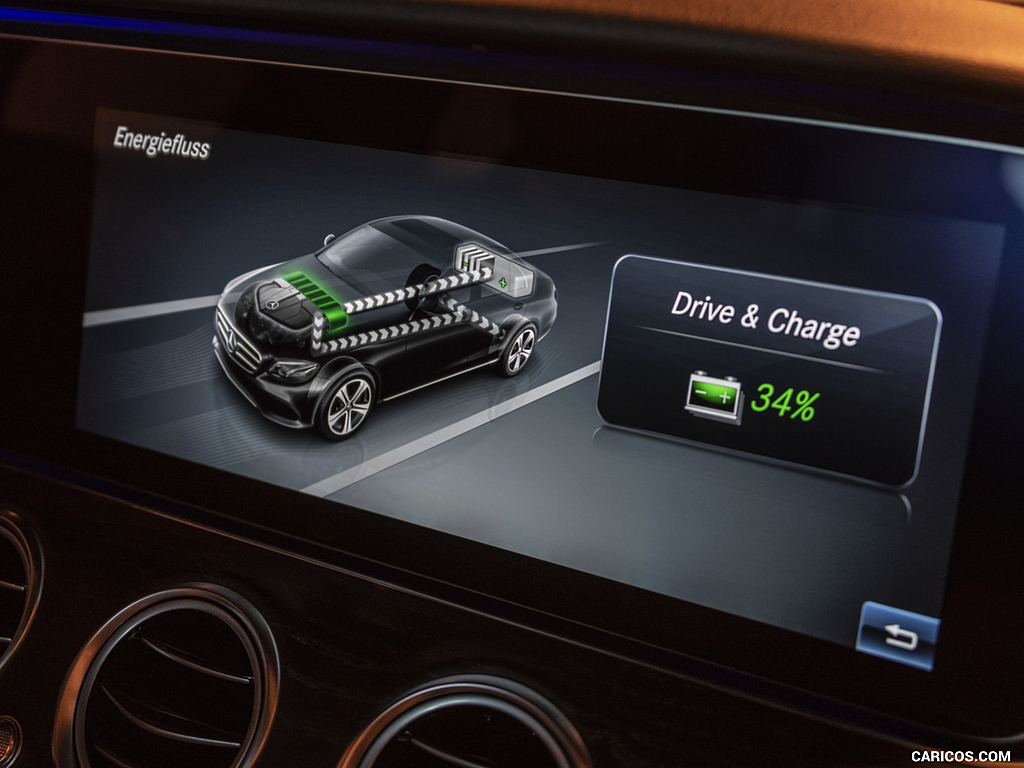 \n
\n
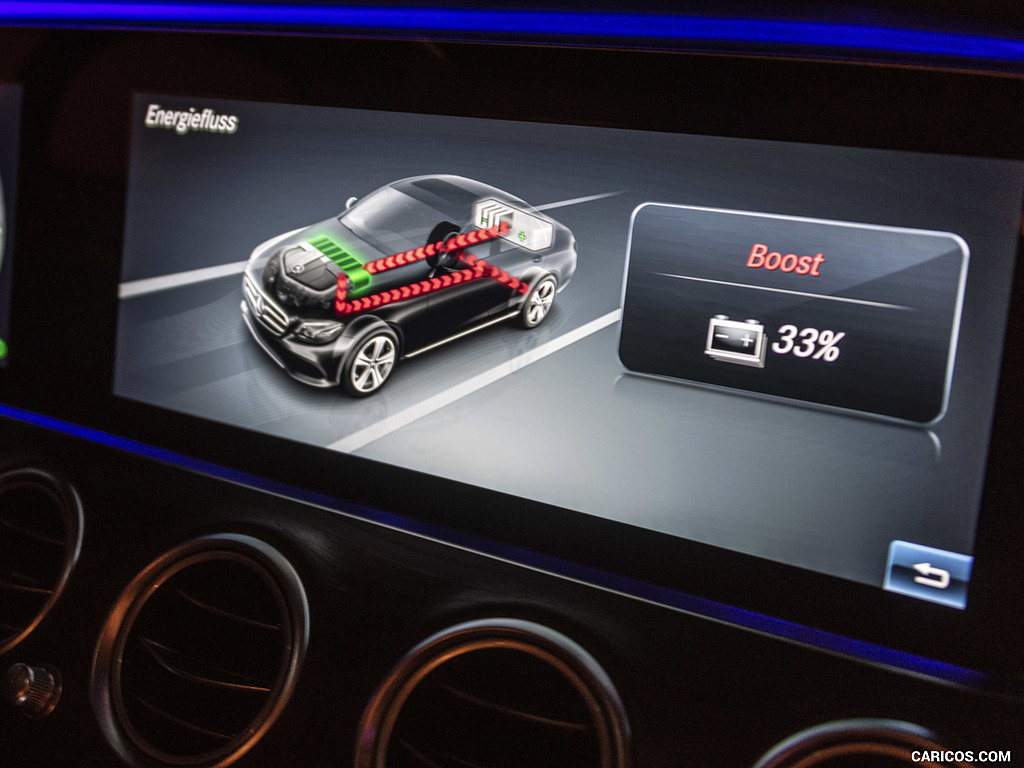 \n
\n
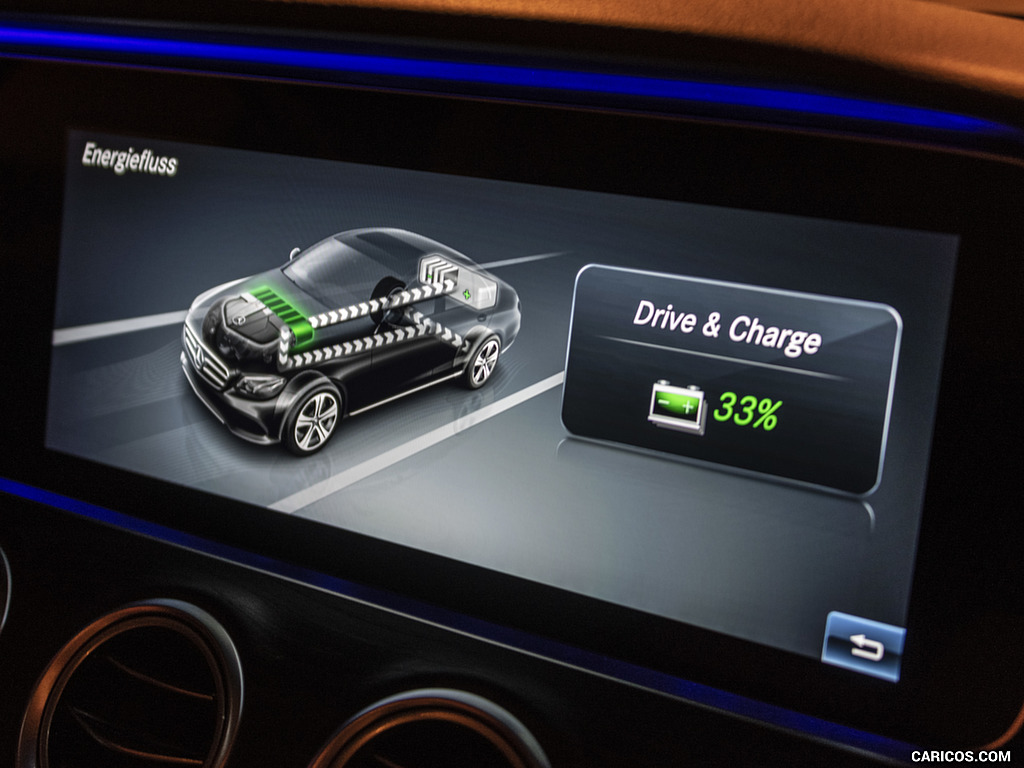 \n
\n
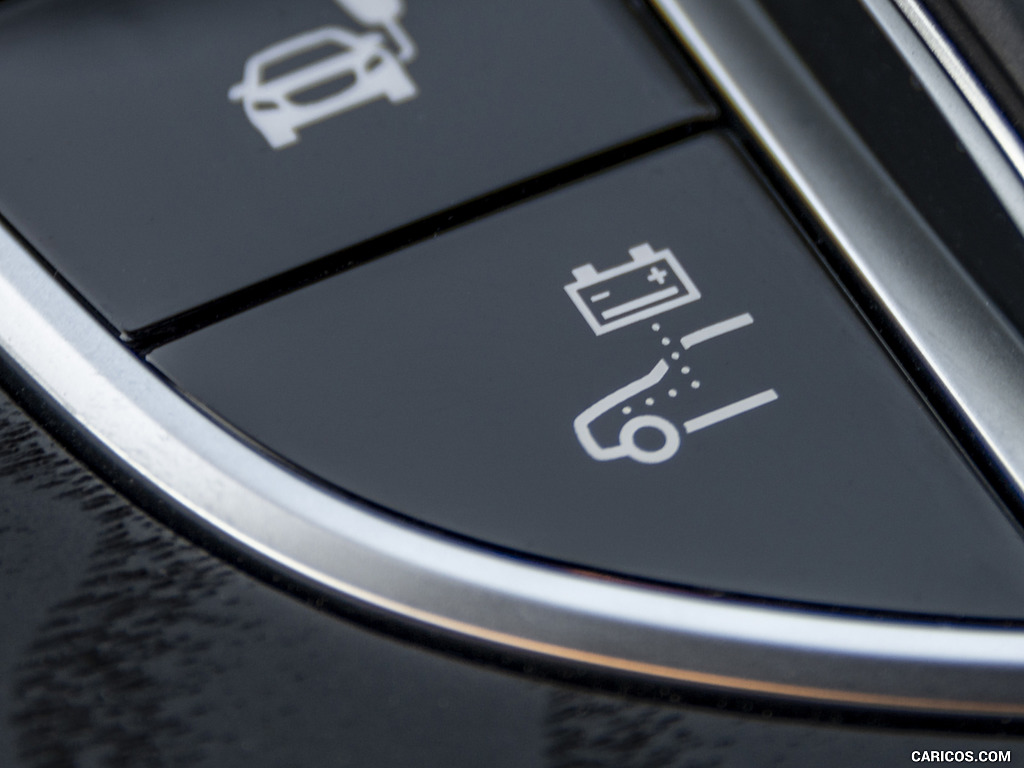 \n
\n---Front-Three-Quarter-181174-120x90.jpg)
---Front-Three-Quarter-181174-1024x768.jpg) \n
\n---Front-Three-Quarter-181175-120x90.jpg)
---Front-Three-Quarter-181175-1024x768.jpg) \n
\n---Front-Three-Quarter-181176-120x90.jpg)
---Front-Three-Quarter-181176-1024x768.jpg) \n
\n---Front-181177-120x90.jpg)
---Front-181177-1024x768.jpg) \n
\n---Front-181178-120x90.jpg)
---Front-181178-1024x768.jpg) \n
\n---Front-181179-120x90.jpg)
---Front-181179-1024x768.jpg) \n
\n---Front-181180-120x90.jpg)
---Front-181180-1024x768.jpg) \n
\n---Rear-181181-120x90.jpg)
---Rear-181181-1024x768.jpg) \n
\n---Rear-181182-120x90.jpg)
---Rear-181182-1024x768.jpg) \n
\n---Front-181183-120x90.jpg)
---Front-181183-1024x768.jpg) \n
\n---Front-181184-120x90.jpg)
---Front-181184-1024x768.jpg) \n
\n---Side-181185-120x90.jpg)
---Side-181185-1024x768.jpg) \n
\n---Side-181186-120x90.jpg)
---Side-181186-1024x768.jpg) \n
\n---Side-181187-120x90.jpg)
---Side-181187-1024x768.jpg) \n
\n---Front-Three-Quarter-181188-120x90.jpg)
---Front-Three-Quarter-181188-1024x768.jpg) \n
\n---Front-Three-Quarter-181189-120x90.jpg)
---Front-Three-Quarter-181189-1024x768.jpg) \n
\n---Front-Three-Quarter-181190-120x90.jpg)
---Front-Three-Quarter-181190-1024x768.jpg) \n
\n---Front-181191-120x90.jpg)
---Front-181191-1024x768.jpg) \n
\n---Side-181192-120x90.jpg)
---Side-181192-1024x768.jpg) \n
\n---Front-Three-Quarter-181193-120x90.jpg)
---Front-Three-Quarter-181193-1024x768.jpg) \n
\n---Front-Three-Quarter-181194-120x90.jpg)
---Front-Three-Quarter-181194-1024x768.jpg) \n
\n---Front-181195-120x90.jpg)
---Front-181195-1024x768.jpg) \n
\n---Side-181196-120x90.jpg)
---Side-181196-1024x768.jpg) \n
\n---Side-181197-120x90.jpg)
---Side-181197-1024x768.jpg) \n
\n---Side-181198-120x90.jpg)
---Side-181198-1024x768.jpg) \n
\n---Charging-181199-120x90.jpg)
---Charging-181199-1024x768.jpg) \n
\n---Charging-181200-120x90.jpg)
---Charging-181200-1024x768.jpg) \n
\n---Charging-181201-120x90.jpg)
---Charging-181201-1024x768.jpg) \n
\n---Charging-181202-120x90.jpg)
---Charging-181202-1024x768.jpg) \n
\n---Charging-181203-120x90.jpg)
---Charging-181203-1024x768.jpg) \n
\n---Detail-181204-120x90.jpg)
---Detail-181204-1024x768.jpg) \n
\n---Detail-181205-120x90.jpg)
---Detail-181205-1024x768.jpg) \n
\n---Trunk-181206-120x90.jpg)
---Trunk-181206-1024x768.jpg) \n
\n---Engine-181207-120x90.jpg)
---Engine-181207-1024x768.jpg) \n
\n